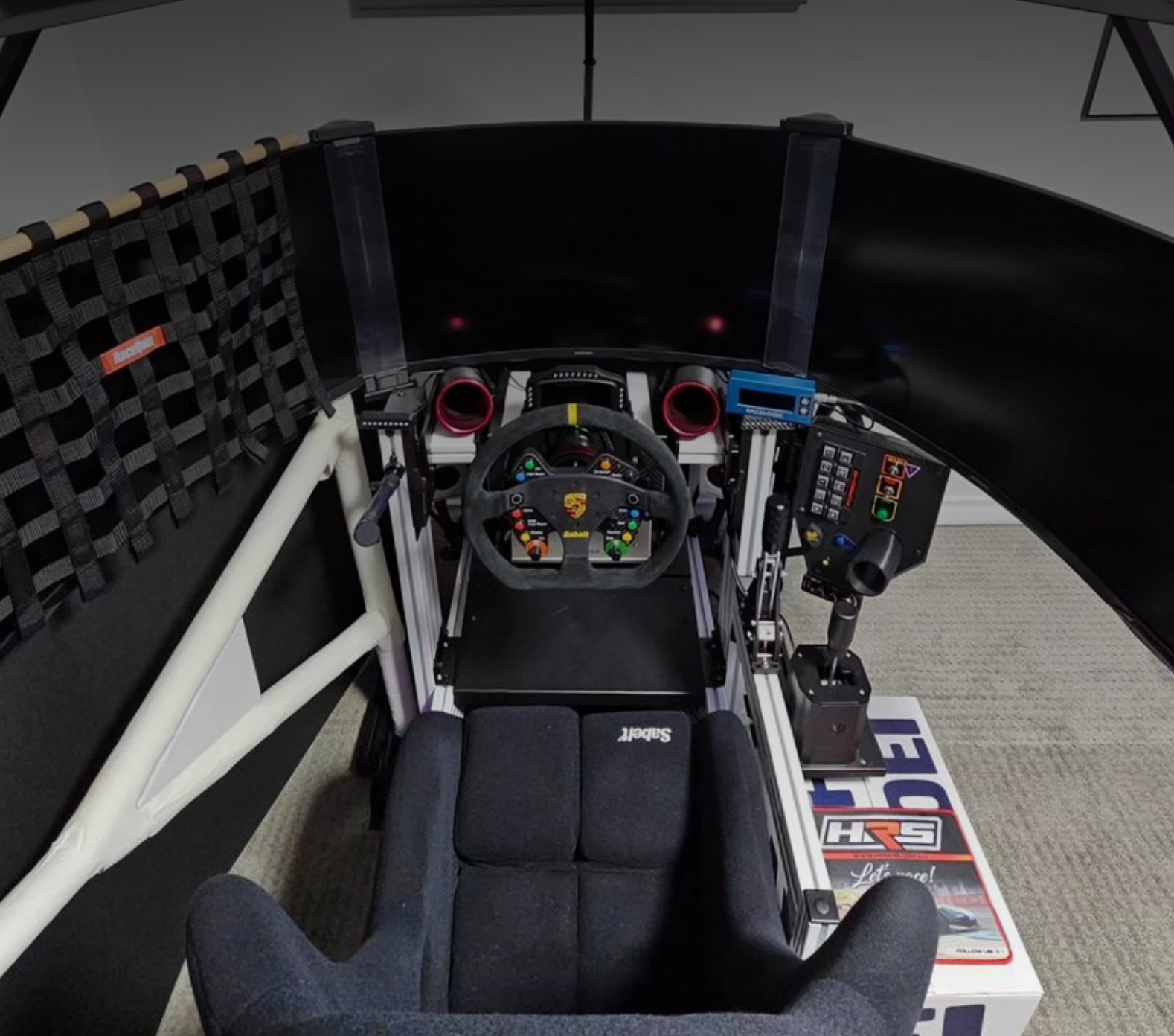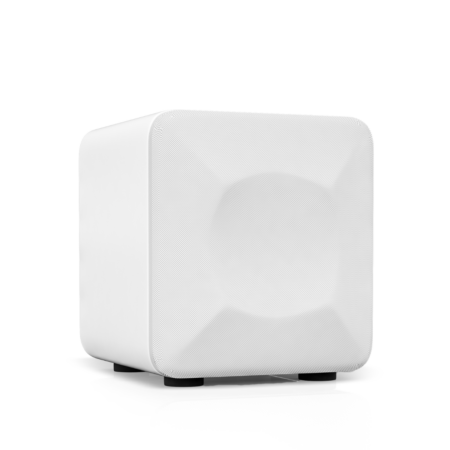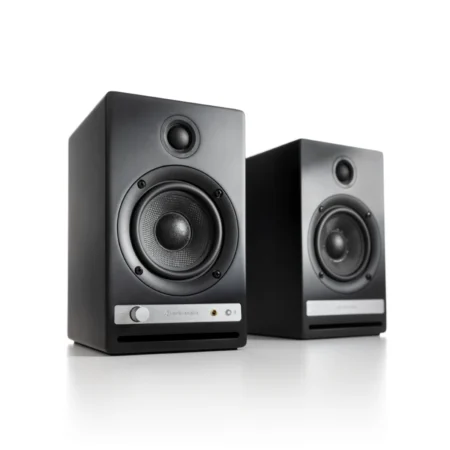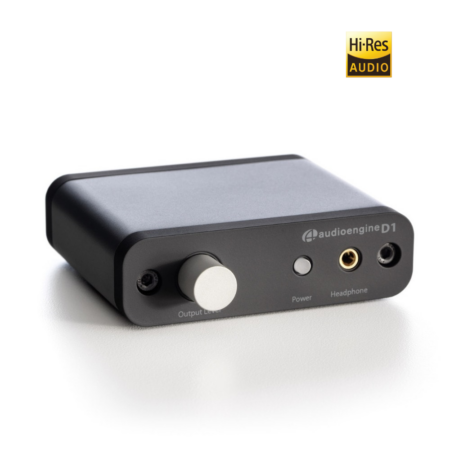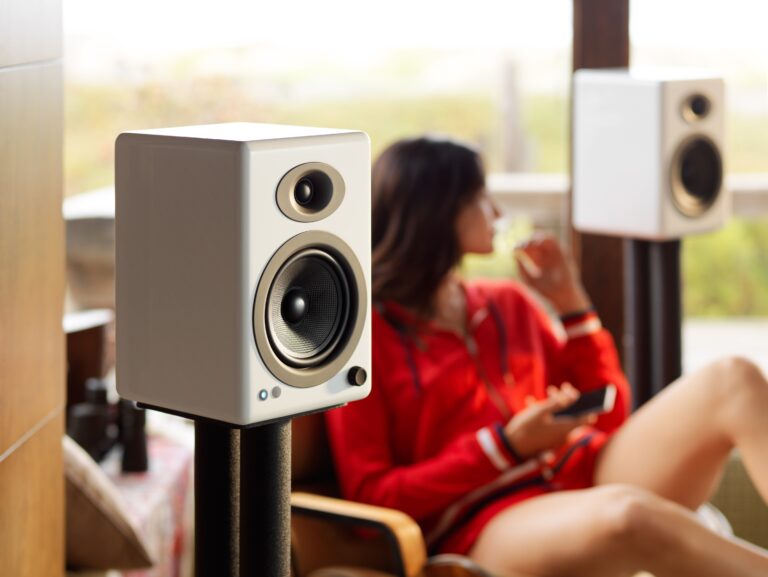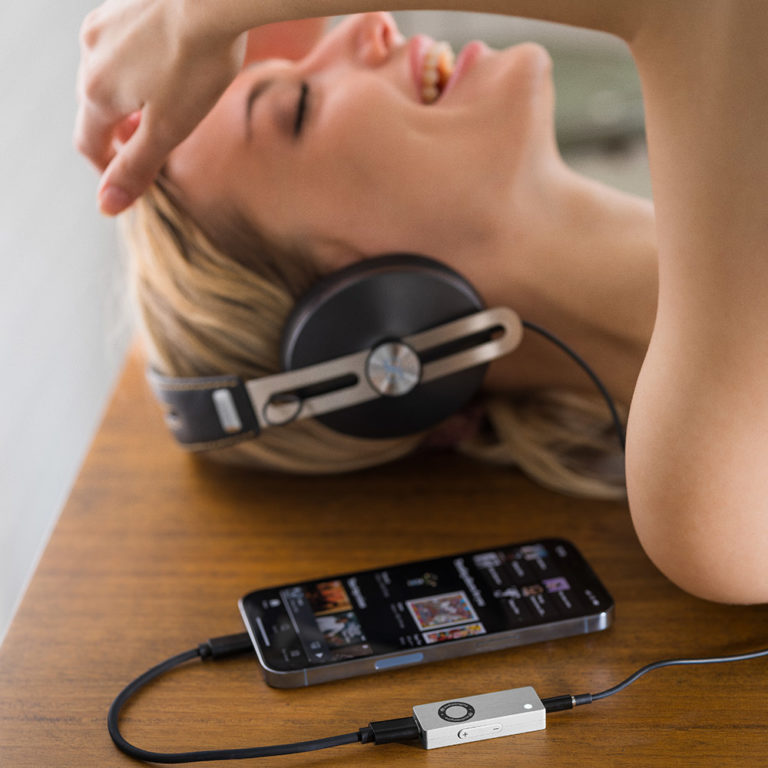Introduction
Racing simulation games like the Forza and F1 Series games have surged in popularity, offering adrenaline-pumping experiences that rival real-life racing. But what's a high-speed chase without the roar of the engine, the screech of tires, and the crowd's cheers?
The Role of Audio in Racing Simulations
Audio quality isn't just an afterthought in racing simulations; it's the sound of your car's engine, the ambient noise of the racetrack, and even the commentary all contributes to a realistic and engaging experience. A hi-res audio setup can make you feel like you're right there on the track, not just playing a game.
The Components You Need
Digital-to-Analog Converters (DACs)
A DAC converts digital audio signals from your gaming console or PC into analog signals that your speakers can understand. The result? Clearer, more detailed sound. Audioengine's home audio systems come equipped with built-in DACs, ensuring that you get the most out of your racing simulations.

These units boast processing capabilities of up to 32-bit, ensuring the most revealing hi-res game audio. This stands in stark contrast to the often subpar, lower-resolution audio delivered by integrated sound cards, affecting your gaming performance. By plugging a DAC into your computer's USB port, you sidestep the built-in DAC of your PC.
Headphone Amplifiers
A headphone amplifier boosts the audio signal going into your headphones, providing a richer, more dynamic sound. If you're gaming late into the night and don't want to disturb others, a headphone amplifier can make a world of difference.
The HD3 Home Music System: A Gamer's Choice
The HD3 is the ultimate upgrade for desktops, gaming setups, and racing simulations.
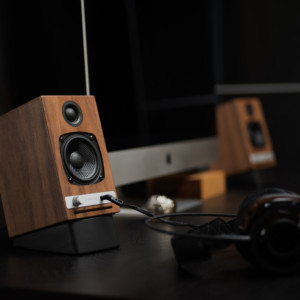
For an unparalleled audio experience that brings the high-speed thrills of racing simulations to life, consider the HD3. It's loaded with aptX HD Bluetooth, a built-in DAC, and a headphone amplifier. The system's hand-tuned amplifiers and handcrafted cabinets ensure that every rev and tire screech is conveyed in high fidelity. To round out its features, the HD3 also includes high-quality aramid fiber woofers and silk tweeters, all controlled by brushed metal knobs.
Sound Positioning: Get Ahead of the Competition
In racing simulations, knowing the position of other cars can give you a competitive edge. A high-quality audio system can provide accurate sound positioning, allowing you to hear exactly where other racers are on the track. This isn't just about immersion; it's about strategy.
Fine-Tuning Your Setup
Once you've got the right components, it's time to fine-tune your audio settings. Most racing simulations offer audio customization options. Play around with these settings to find the perfect balance between engine sounds, ambient noise, and commentary.
Conclusion
Creating the ultimate racing simulation audio setup at home isn't just about buying the best equipment; it's about understanding how to use it to enhance your gaming experience. With the right Audioengine Home Audio System and some fine-tuning, you can transform any room into a racetrack. So, gear up and get ready to experience racing simulations like never before.


